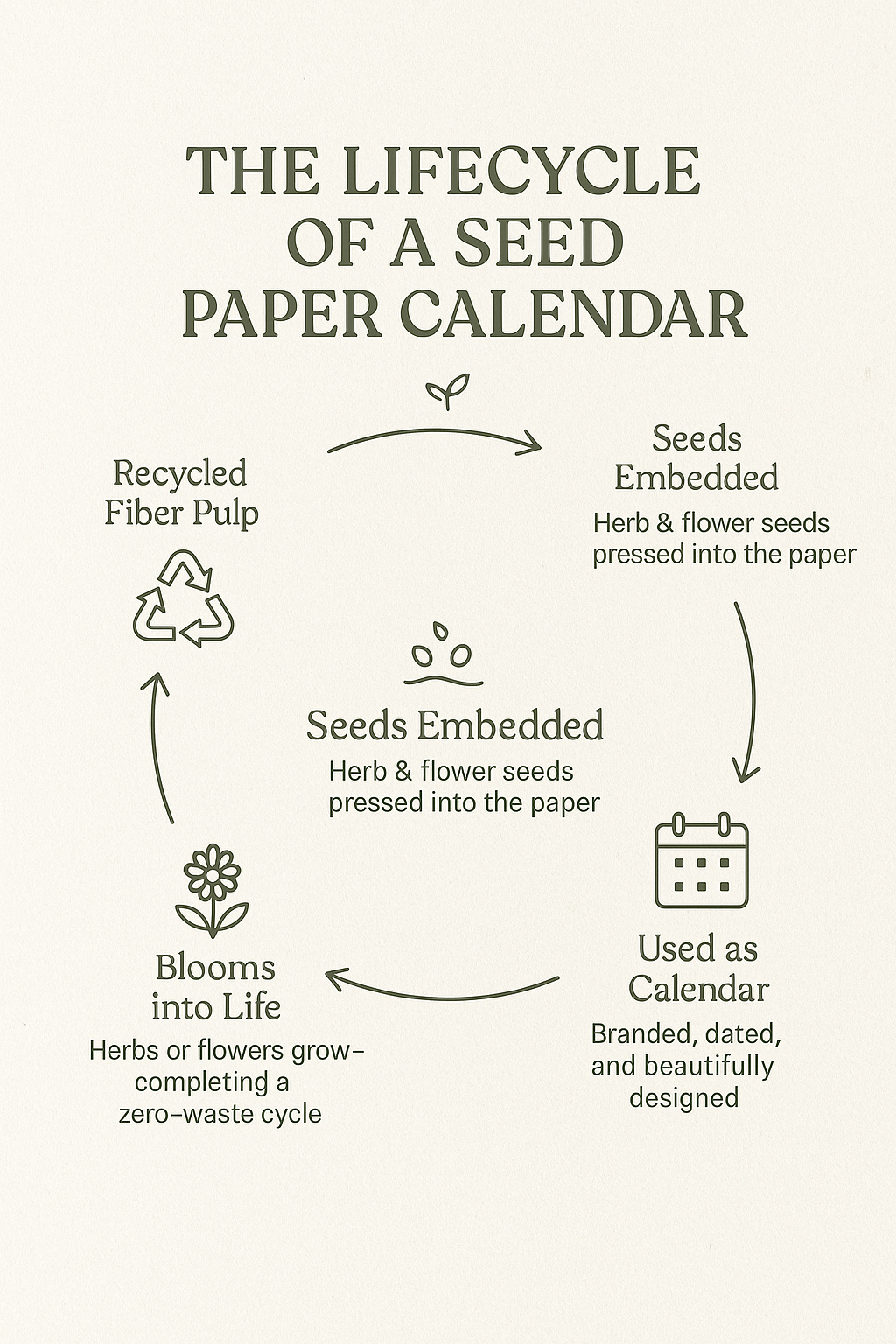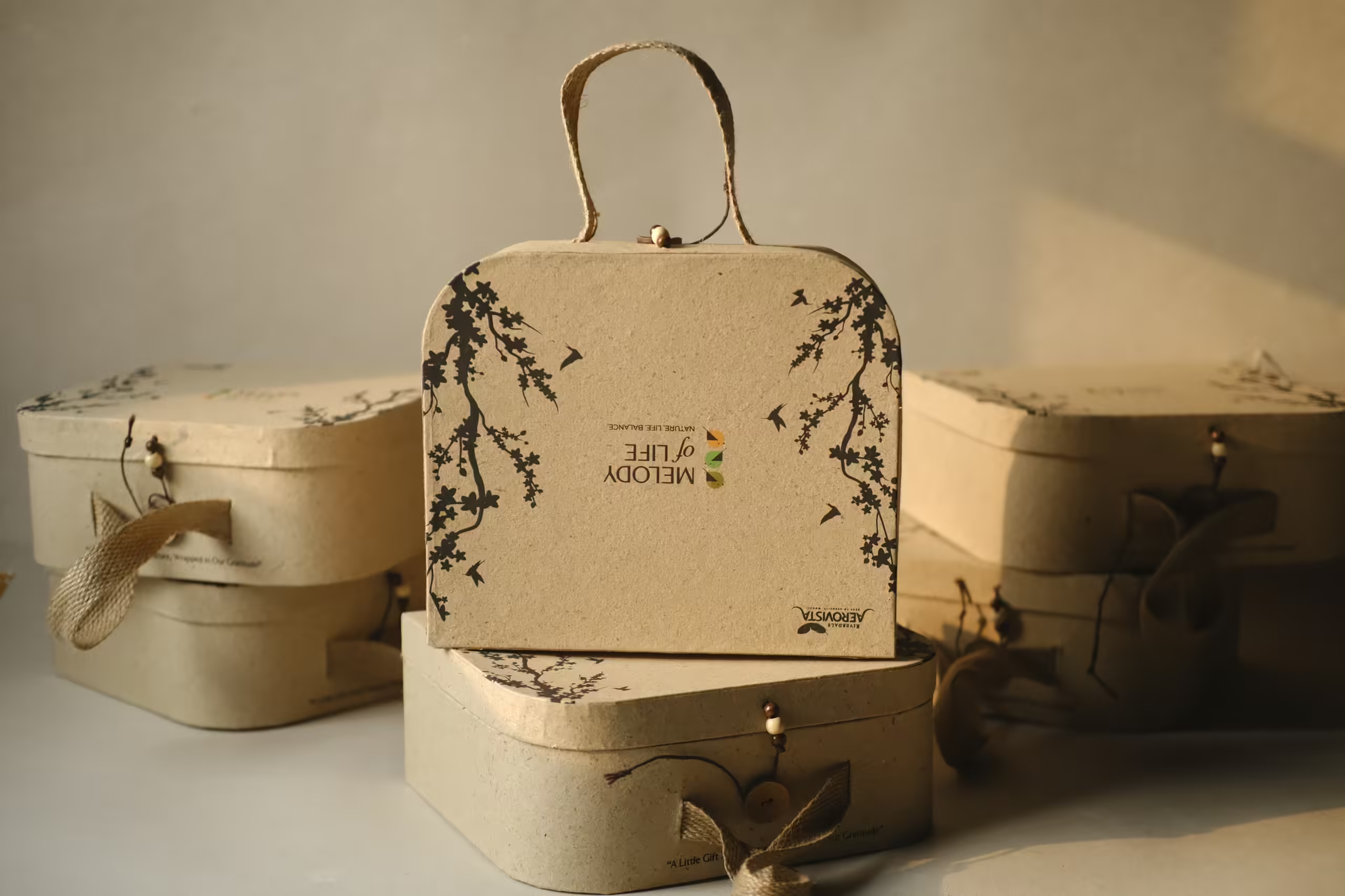Imagine a world where product packaging is more than just a protective layer; it’s a story in itself. It’s a story about sustainability, innovation, and a commitment to the environment. This isn’t a far-off fantasy, but a present-day reality rapidly changing the future of product marketing.
The Shift Towards Sustainable Product Packaging
In recent years, the global focus on environmental sustainability has increased dramatically. This shift is evident in many sectors, including product packaging. Consumers are increasingly choosing brands that actively demonstrate a commitment to environmental preservation.
From sustainable skincare packaging to eco-friendly boxes, the market is experiencing a surge in demand for biodegradable packaging solutions and low carbon packaging. This trend isn’t just a response to consumer demand; it’s also a strategic move by businesses to lessen their ecological footprint.
The Role of Customization in Eco-Friendly Packaging
One of the most significant trends in this area is the customization of packaging. Brands are increasingly choosing custom box packaging, which not only enhances the product’s appeal but also allows for creative ways to incorporate sustainable materials and designs.
Customizing your packaging is about more than just the look and feel; it’s about the message it conveys. A custom gift box, for instance, can be much more than a simple container. It becomes a vehicle for your brand’s values and commitments. When those values center on sustainability and environmental responsibility, as in sustainable gift boxes, they help create a deeper emotional connection with the consumer.
This kind of customization isn’t limited to gift boxes; it extends to many products, such as christmas gift boxes, premium gift boxes, and even sustainable skincare packaging. The idea is to create a unique, memorable experience that aligns with the increasingly eco-conscious mindset of modern consumers.
The Power of Storytelling in Eco-Friendly Packaging
Another critical aspect of this transformation is the power of storytelling. In a crowded market, standing out involves more than just creating a great product or service; it also requires telling a compelling story. And in this context, the packaging can be a powerful storytelling tool.
Consider the story behind a biodegradable packaging solution, for example. The fact that it’s designed to break down and return to the Earth without leaving harmful residues is a powerful narrative. It speaks to the brand’s commitment to sustainability, innovation, and care for the planet.
Similarly, the use of natural packaging materials like recycled paper, cornstarch, or mushroom-based materials adds another layer to the story. These materials aren’t just sustainable and biodegradable but also carry their own narratives about the circular economy, the power of nature, and the possibility of a zero-waste future.
The Future of Eco-Friendly Packaging Manufacturing
As the demand for sustainable packaging grows, so does the need for innovative and efficient eco-friendly packaging manufacturing processes. This involves leveraging advanced technologies and creative designs to produce packaging that is not only sustainable but also functional and aesthetically appealing.
One promising area is the use of low carbon packaging solutions. These include concepts like lightweighting, material substitution, and energy-efficient manufacturing processes. The goal is to reduce the carbon footprint of the packaging throughout its lifecycle, from production to disposal.
Another emerging trend is the use of biodegradable packaging solutions made from plant-based or marine-based raw materials. These materials are not only biodegradable but also renewable, which makes them an attractive alternative to traditional, petroleum-based materials.
The Importance of Education and Advocacy
As we move towards a more sustainable and eco-friendly future, the role of education and advocacy cannot be overstated. It’s essential to raise awareness about the benefits of sustainable packaging and the harmful effects of traditional, non-biodegradable materials.
This involves reaching out to various stakeholders, including consumers, businesses, and policymakers, and engaging them in meaningful conversations about the importance of sustainability in packaging.
The power of social media and digital platforms in spreading awareness and driving change should not be understated. By leveraging these tools, businesses can amplify their messages about sustainability, engage with their communities, and inspire others to join them in their eco-friendly journey.
The Final Word: Reflecting on the Journey
Looking ahead, it’s clear that the narrative around sustainable packaging materials and eco-friendly containers is shifting from a niche trend to a mainstream expectation. This isn’t just a passing fad, but a fundamental and necessary transformation in how we approach packaging and product marketing.
The journey toward a more sustainable and eco-friendly world requires a collective effort and a shared commitment. It involves rethinking our long-held beliefs and practices, challenging the status quo, and exploring new, innovative, and environmentally-friendly solutions.
As businesses, we have a significant role to play in this transformation. Our choices and actions, from the types of eco-friendly packaging materials we use to the stories we tell through our packaging, can make a world of difference.
So, let’s embrace this journey with an open mind and a willing heart. After all, it’s not just about creating a more sustainable world; it’s also about creating a more meaningful, connected, and purpose-driven way of living and existing.
Conclusion: Weaving Sustainability into the Tapestry of Business
In conclusion, the future of packaging lies not just in its ability to protect and preserve products but also in its potential to inspire, engage, and connect with consumers on a deeper level. The shift towards sustainable packaging materials and eco-friendly containers isn’t just a trend; it’s a fundamental change in how we think about packaging and its role in our lives and our society.
As businesses, our task is to embrace this change, to see it not as a challenge but as an opportunity to innovate, to create, and to lead. By doing so, we can not only meet the growing demand for sustainable and eco-friendly packaging but also help to shape a better, greener, and more sustainable future for us all.



